What is Tempeh? Nutrition, Health Benefits, How to eat
4 Min Read
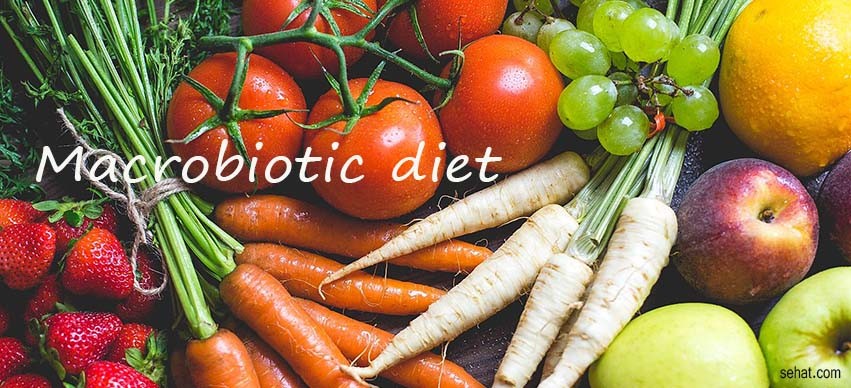
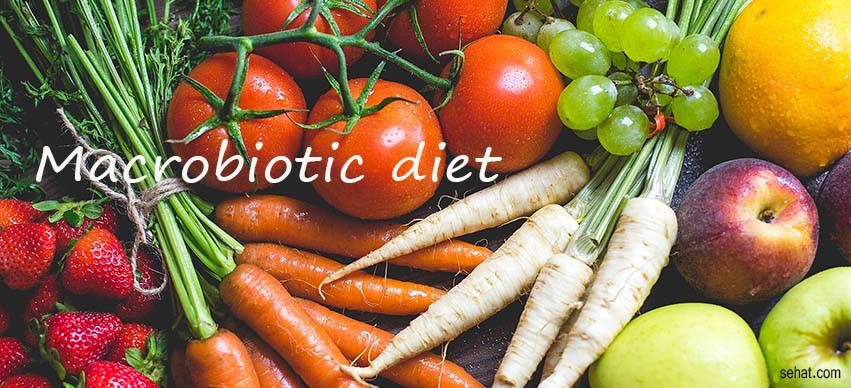
Are you planning on changing your diet to lead a healthy life? People are always looking for alternate treatments for their health problems. Over the years, specific diets have become really popular, for they can be rather cheap, and they get the job done. The Ohsawa Macrobiotic diet is one of them. The word macrobiotic comes from Greek, and it means “long lifeâ€. It was developed by a Japanese man called George Ohsawa.
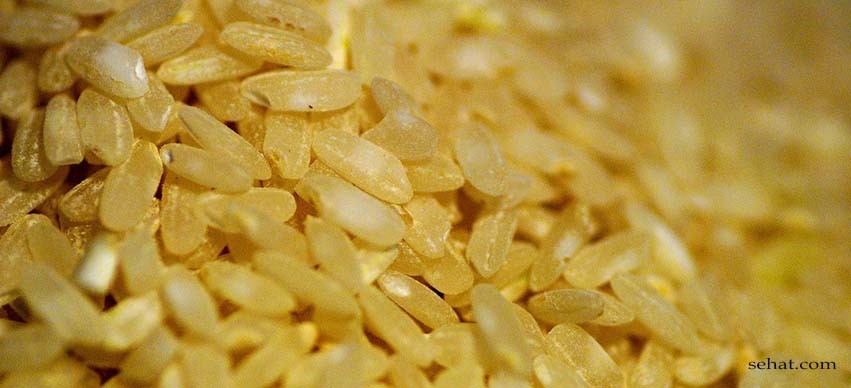
The macrobiotic diet consists of ten stages. It’s based on the principle that simple eating is the key to long and healthy life. Each stage restricts your diet just a little bit more. At the tenth stage of the diet, you are just going to be eating brown rice, and water. It does get a little difficult towards the end, because of the extreme restrictions placed on the diet towards the end. However, unlike other diets, you would not have to quit food cold turkey (which would lead to cravings). This gradual dieting can help in the long run.
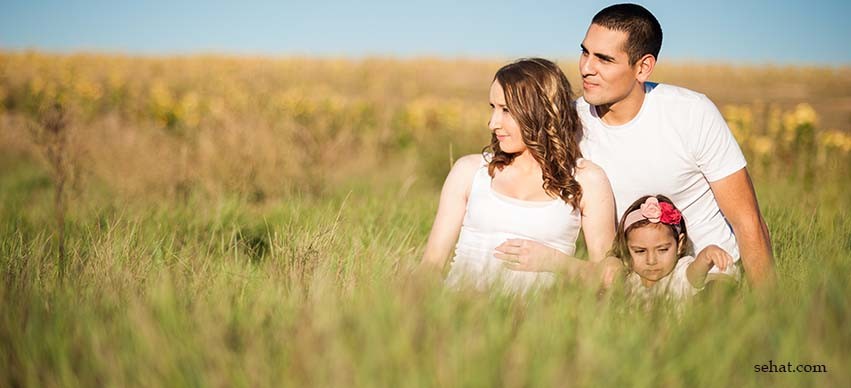
The macrobiotic diet is supposed to integrate physical well-being with emotional and spiritual health too. The diet has low-fat content, and is primarily vegetarian. The diet also consists of a lot of fibre, whole grains, vegetables and fruits. All these are rather healthy for people suffering from any chronic or long-term illnesses like cancer. The diet incorporates a high level of phytoestrogens, making it really healthy for women. Phytoestrogens can help fight cancers specific to women- like breast cancer.
Of course, the diet cannot single-handedly cure these diseases, but it can help people lead a healthier life, so that they can battle the symptoms of these diseases.
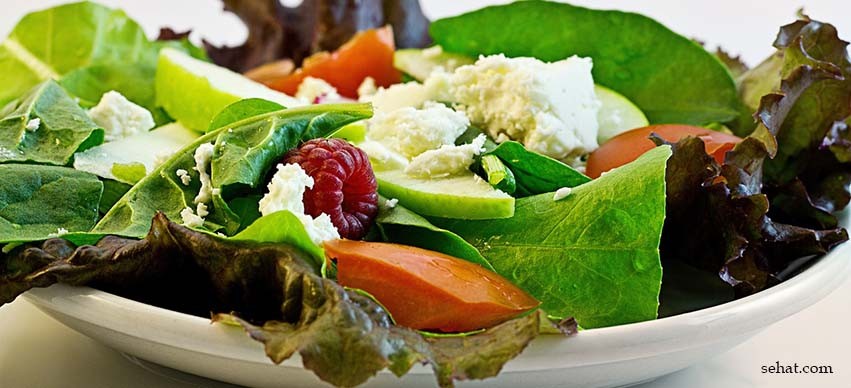
If you are undergoing a macrobiotic diet, you will be eating a lot of grains. Over 50% of your meals will include whole grains such as brown rice, millet, barley, rye, corn, buckwheat, etc. Drinking fresh soup is also encouraged, so is eating vegetables. About 1/3rd vegetables consumed should be eaten raw. Beans also form a sufficient part of the diet.
The diet is predominantly vegetarian, but people can eat very small amounts of fish or any other seafood. Local fruits, seeds and nuts can also be consumed during the course of the diet. People can also eat desserts- but not more than 2 times a week.
The diet can be rather healthy, because of its low-fat, high-fibre composition. The diet involves a lot of nutrients that people don’t generally get from their current diet. It’s also extremely good for women’s health, because of the high phytoestrogen content. The diet does not encourage consumption of any harmful nutrients- including excessive dairy products, sugar, etc. making it incredibly healthy.
The diet is also gradual - you give up certain food sections one by one. This will reduce your cravings for these particular foods, and also make the chances of relapsing low.
There is a lack of research when it comes to the macrobiotic diet. The diet can be excessively restrictive. Some nutrients are totally lacking in the diet- including vitamin B12, protein, calcium, iron and magnesium. This can cause low levels of energy among the people who go on the diet. People with chronic illnesses can benefit from this diet, but not in the long term. Certain proteins and other nutrients that they need are lacking in the diet, and if it is followed for a long time, it can cause severe deficiencies.